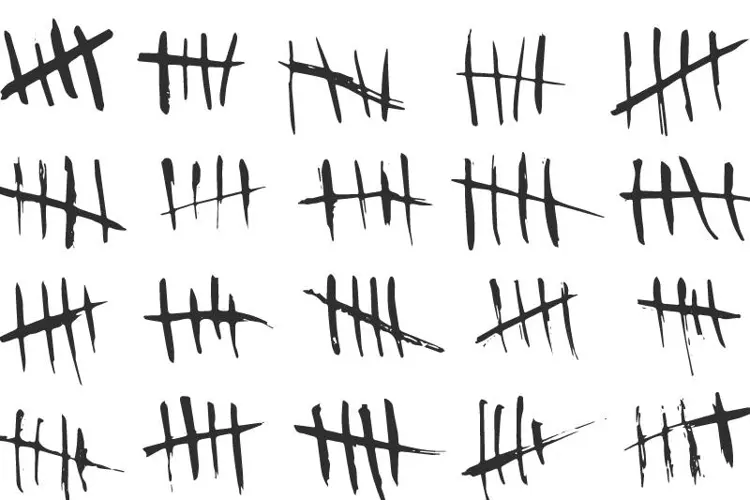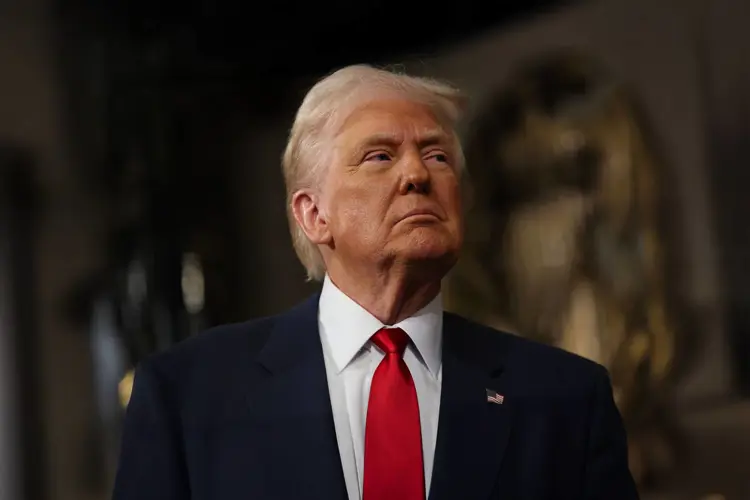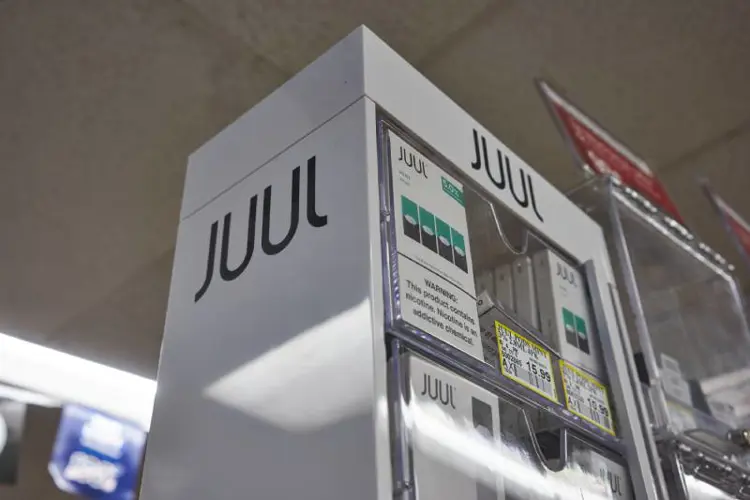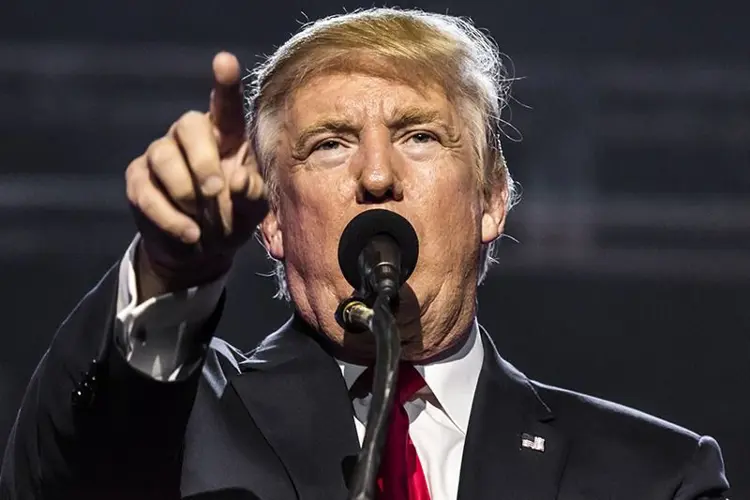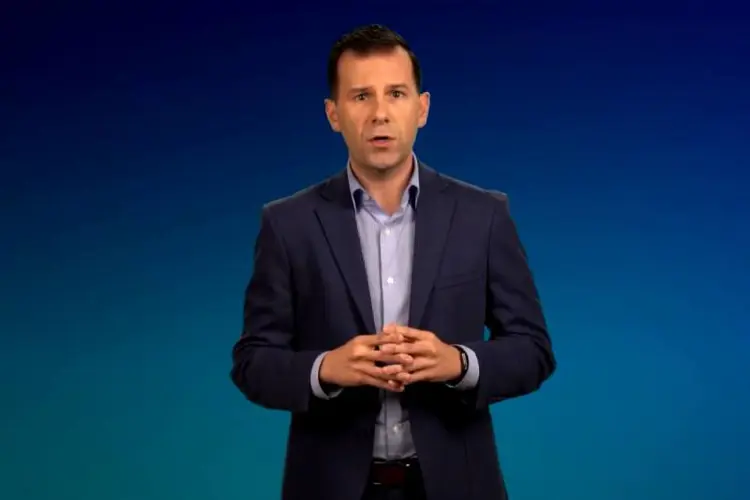For the first time in 20 years, cigarette sales increased in 2020. That’s the conclusion of a new Federal Trade Commission report published yesterday.
Americans bought 203.7 billion cigarettes (about 10.2 billion packs) last year—an increase of 800 million cigarettes, or 0.4 percent. That breaks down to an average of about 300 packs a year for each of the approximately 30 million people who smoke, or a little less than a pack a day each.
Mainstream news outlets have focused on the coronavirus pandemic as the primary reason for the increase, but a more likely cause is the decline of the U.S. vaping market in recent years. There are multiple factors that have led to vaping declines:
- The spread of vaping misinformation and disinformation during the general post-2017 vaping moral panic
- Fear caused by the 2019 “EVALI” lung injury outbreak, which was misattributed to nicotine vaping
- Statewide flavored vape bans adopted in 2019 and 2020
- Federal passage of the Tobacco 21 law
- FDA guidance banning sales of flavored pod- and cartridge-based vapes
- Many states imposing taxes on e-cigarettes and e-liquid
- Vape business closures caused by sales losses and uncertainty over FDA regulations
Many of those factors led to price increases and reduced availability for vaping products. Economists have shown that cigarettes and vaping products are economic substitutes, meaning that a price increase in one causes a boost in sales of the other.
Vape flavor bans may have similar effects. A paper published earlier this year showed that high school smoking increased when a ban on flavored e-cigarettes took effect in San Francisco in 2019.
The Freemax REXA PRO and REXA SMART are highly advanced pod vapes, offering seemingly endless features, beautiful touchscreens, and new DUOMAX pods.
The OXVA XLIM Pro 2 DNA is powered by a custom-made Evolv DNA chipset, offering a Replay function and dry hit protection. Read our review to find out more.
The SKE Bar is a 2 mL replaceable pod vape with a 500 mAh battery, a 1.2-ohm mesh coil, and 35 flavors to choose from in 2% nicotine.
Because of declining cigarette sales, state governments in the U.S. and countries around the world are looking to vapor products as a new source of tax revenue.
The legal age to buy e-cigarettes and other vaping products varies around the world. The United States recently changed the legal minimum sales age to 21.
A list of vaping product flavor bans and online sales bans in the United States, and sales and possession bans in other countries.








